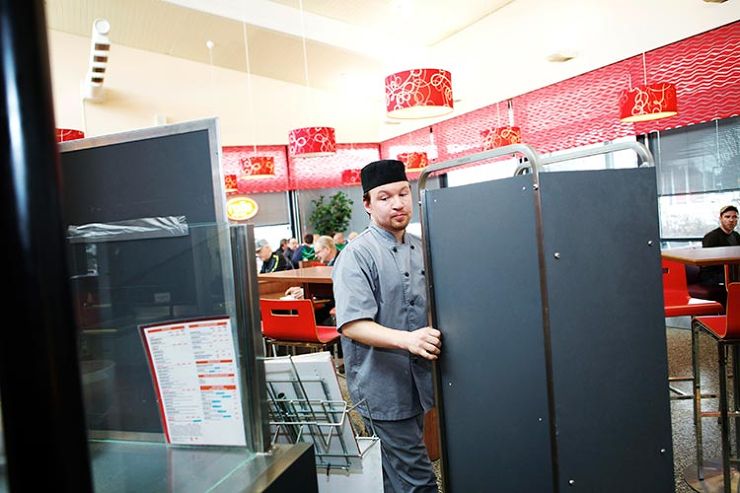
Service sector now face severest threat of redundancy
Redundancies have mostly affected private sector workers during the beginning of this year. A fall off in exports is followed by a knock on effect – a lessening of demand for private services.
The reasons for this are due to diminishing exports and weaker purchasing power, says Matti Tukiainen, the director of employment and sustainable growth at SAK.
“A fall off in exports is followed by a knock on effect – a lessening of demand for private services. The prolonged economic recession has made people more cautious, which leads to less frequent use of restaurant, travel and beauty treatment services than before.”
The statistics published by the Central Organisation of Finnish Trade Unions SAK shows that during the first half year of 2014 a total of 54,300 employees were subject to mandatory consultation with regard to possible personnel cuts. The figure is some 5,500 more than last year.
The number of redundancies fell by about one thousand in comparison with the first half of last year. The total number of redundancies was now 5,500.
Redundancy pressure also in transport and warehousing
Redundancy pressure has also hit the transport and warehousing sectors.
Major redundancies took place at the post company Itella (855 people), the window and door factory Fenestra (355) which declared bankruptcy in January, and the insurance company LähiTapiola (244).
The retail chain Kesko has recently made 200 workers redundant. And the company has made it clear that it plans to lay off a further 235 employees.
In previous years the electronics industry had been the major source of possible personnel cuts. Now it has fallen below that of private services, transport and warehousing.
Grim times for commerce
The largest number of employees subject to mandatory consultation with regard to possible personnel cuts was at the beginning of this year at Itella, 9,033. The retail chain Stockmann warned 4,830 employees of possible personnel cuts, the marine and energy company Wärtsilä warned 3,600 people, the road builder Lemminkäinen 3,000 and the flight company Finnair 2,350.
”The wise thing to do would be to hang on to competent personnel”, says Tukiainen. ”It is far better to train employees and employ temporary lay-offs, when necessary, than make people redundant.”
The Federation of Finnish Commerce is downbeat about the future. According to their estimates a total of 9,000 jobs might be lost this year in commerce. Last year the figure was some 4,000.
One of the main reasons for this lies with the economic difficulties in Russia. Russian tourists are very important for the Finnish retail trade, especially in the eastern parts of Finland.
Another reason is the volatility of the Finnish economy. People are afraid of making major purchases, as the future is insecure.
Heikki Jokinen